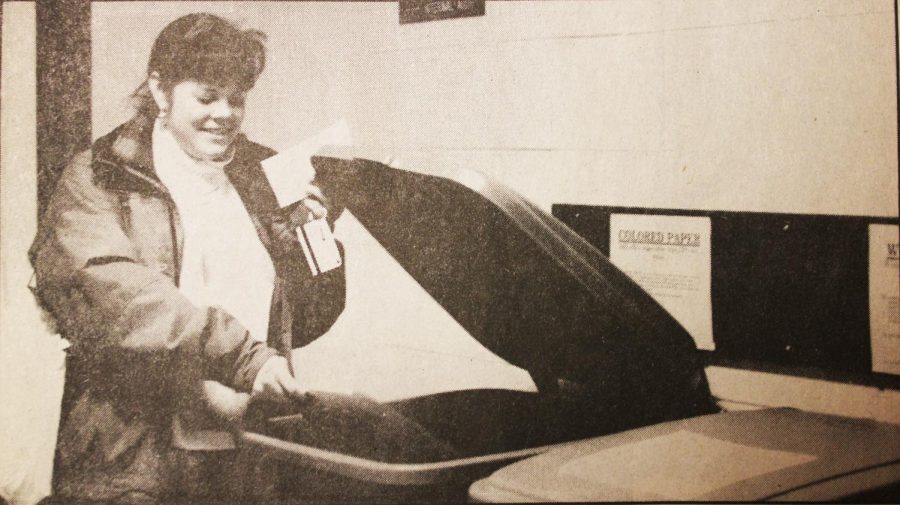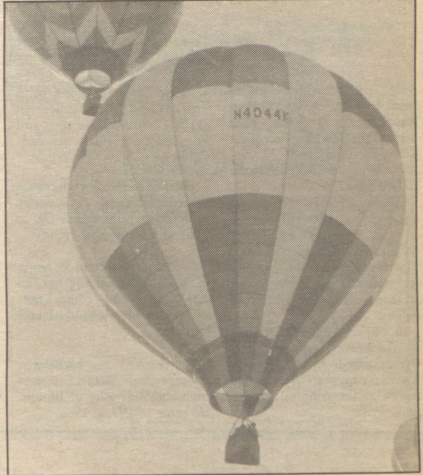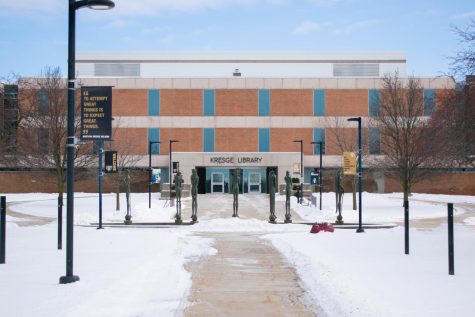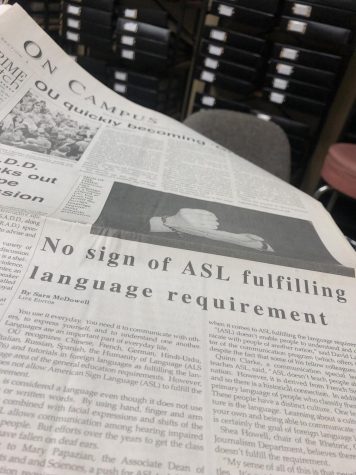Looking Back: Recycling Task Force creates campus recycling plan
With global warming becoming a hot topic over the past few years, recycling has been taken more seriously.
Oakland University has been seeing recycling as a necessity since the beginning of 1991, with a recycling task force that submitted a plan to OU administration.
The plan was to bring a recycling system campus-wide, according to Paul Tamboulin, a professor and chairman of the chemistry department at the time.
In 1990, he coordinated an informal 30-40 member Recycling Task Force made up of students, staff and faculty that created the recycling plan draft for campus.
Before creating the campus-wide effect, they had to work out a couple of bugs, including finding locations for drops areas, obtaining funds for recycling and transporting recycling materials from buildings.
According the Richard Moore, director of Buildings and Grounds at the time, the contract bidding for waste disposal was prolonging the program’s implementation.
At the time, the university’s dorms were the only buildings recycling, which was started by senior Kathy Terbrack. She said recycling in the dormitories was easy because white paper, grocery bags, cardboard, metals and glass went in one bin where it would then be picked up by Bushman Disposal Service and sorted.
“I believe recycling is important because there is no need for us to waste natural resources,” Terbrack said then. “We need to increase student awareness about recycling. In addition to increasing awareness, they need to get involved.”
The university was paying $73,000 a year for disposal at the time, with the cost of recycling being unknown.
The early draft of the Recycling Task Force recycling plan was that each office may use a 90-gallon cart on wheels to collect office paper in a designated recycling area. Then, the materials would be picked up and taken to receptacles provided by the contractor. This ended up being approved by both the task force and Moore.
On Feb. 1, 1991, an office paper recycling site was added in North Foundation Hall. The program began to limit the campus’ effect on landfills and lower the school’s disposal cost.
North Foundation Hall was the task force’s test site for the program and plan that would soon hope to go campus-wide.
“If it isn’t going to work in your top administrative building, how is it going to work anywhere else?” Moore said then, explaining why they chose to start with North Foundation.
The program started off working on a volunteer basis and was using two 50-gallon barrels every day for North Foundation. It was also up to individuals to take their papers to the east side of the building and sort them into the according barrels, with white, colored and computer paper being the only options.
Since these events, OU has only grown and improved its recycling habits, making recycling easier and the process smoother and creating an overall greener OU for the past few decades.








